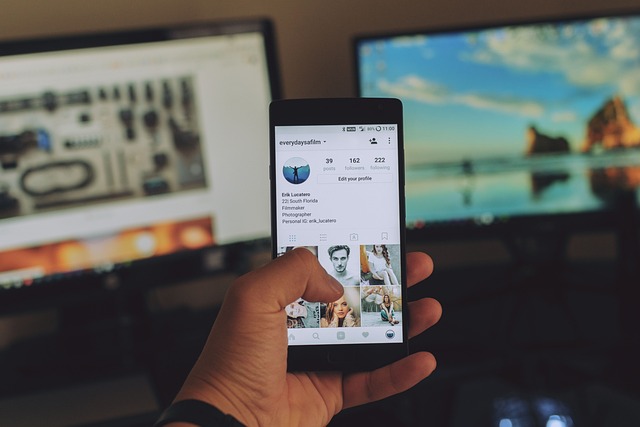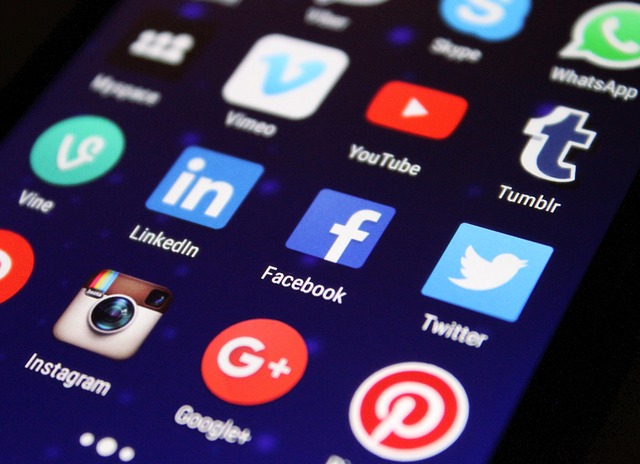In today’s fast-evolving digital landscape, the way we engage with one another has been profoundly reshaped by social media platforms. The term digital social interactions encapsulates the myriad ways we connect online, transcending geographical barriers and creating communities that were once unimaginable. From Facebook to Instagram and Twitter, social media has become a pivotal force in how we maintain relationships and forge new ones.
The impact of social media on our daily lives is undeniable. Think back to a time when you managed to reconnect with an old friend or colleague through a simple Facebook search. It’s this kind of connectivity that exemplifies the power of digital social interactions. While physical meet-ups have their charm, social media offers a unique immediacy and accessibility that facilitates communication across time zones and distances.
However, while social media has enabled us to interact more easily, it has also changed the quality and depth of our connections. The array of digital interactions often skews toward quantity over quality. It’s easy to fall into the trap of accumulating friends and followers, but how many of those relationships are truly meaningful? The numbers may impress, but do they fulfill our human need for genuine connection?
Moreover, social media has given rise to new forms of expression and communication. Emojis and memes often serve as a universal language that transcends cultural boundaries, enabling deeper connections through humor and emotion. Yet, this shift also poses challenges. The nuances of face-to-face interactions can sometimes be lost in translation through a screen. Tone, body language, and context are critical components of effective communication that are often simplified in digital form.
Additionally, the phenomenon of ‘social media fatigue’ highlights the darker side of these digital social interactions. The constant barrage of notifications, updates, and interactions can lead to a feeling of overwhelming pressure to stay connected and engaged. This can result in stress and anxiety, which may paradoxically push individuals away from genuine social interactions, both online and offline.
On the flip side, social media has been a lifeline for many during challenging times, such as during the recent pandemic. It allowed people to remain connected and support one another from a distance, fostering resilience in times of isolation. Virtual gatherings and online support groups have become essential for maintaining friendships and forming new ones, underscoring the importance of adapting our social behaviors in a digital context.
As we continue to navigate the vast digital landscape of social interactions, it’s crucial to find balance. Utilizing social media to enhance, rather than replace, our real-world relationships can create a more fulfilling social experience. By being more intentional about our online engagements and focusing on authentic interactions, we can ensure that digital social interactions add value to our lives rather than detract from it.
Ultimately, the influence of social media on our digital social interactions is both profound and complex. As we adapt to this evolving world, appreciating the opportunities and challenges it presents will help us build deeper and more meaningful relationships, regardless of the platform we choose to communicate on.




